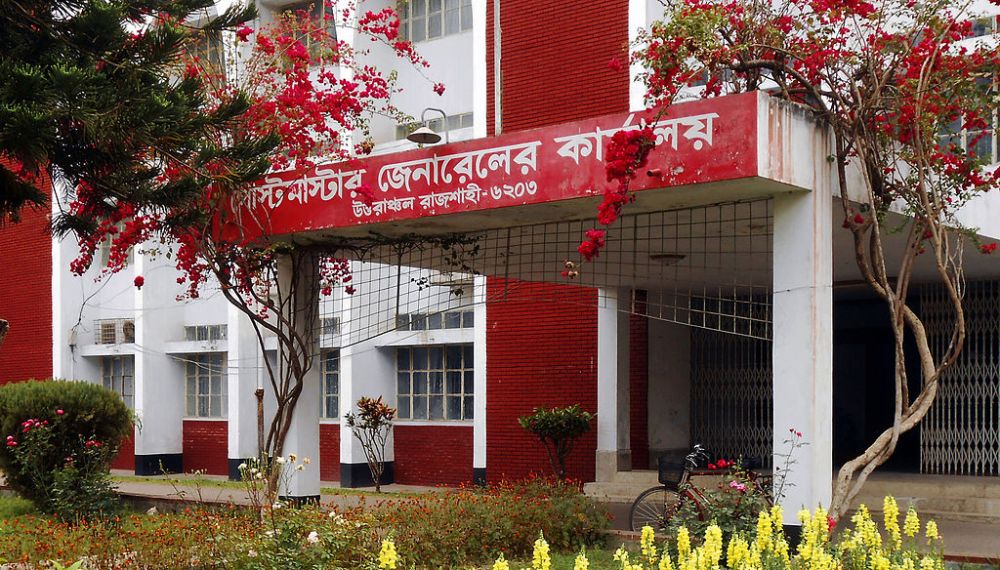Bangladesh city breaks pollution reduction record
The city of Rajshahi, in west Bangladesh, has set new records for cutting air pollution

The city of Rajshahi, in west Bangladesh, has set new records for cutting air pollution.
The city was one of the world’s most polluted cities before reducing harmful air particles, PM10 particles.
Smog, like in many urban areas in Asia, used to be a major problem, due to dust from dry riverbeds, fields and roads, and choking smog from brick kilns.
UN data indicates that the city has hit a new record in reducing air particles that are harmful to human health.
Rajshahi’s pollution problem was due mainly due to brick kilns, according to the city’s chief engineer, Ashraful Haque.
Thanks to the action taken by the city to clean-up the brick kilns, the level of PM10 particles, which are larger, fell from 195 microgrammes per cubic metre in 2014, to just 63.9 in 2016, and smaller PM2.5 particles, have fallen from 70 to 37 microgrammes per cubic metre.
A campaign already started 15 years ago with the plantation of an important number of trees, and it now involves everything from transport to rubbish collection.
In 2004, the city began its action on transport issues, with the import of a fleet of battery-powered rickshaws from China, which became the main form of public transports; and the ban of large trucks from the city centre during the day.
By upgrading the brick kilns thanks to the change of chimneys and fuel, the pollution of the city was reduced considerably according to Haque.
The city’s chief engineer also designed and took part in a project to make the city centre greener.
Haque says: “We have a ‘zero soil’ programme in the city, with lots of planting and green intervention. When it works, there should be no part of the road that will be dirt. It will be all grass, flower or pavement.”
Haque, after having studied urban planning abroad, realised the need for pavements, as the asphalt surfacing of the city roads mostly ended in a dusty verge, sometimes with open drains, dangerous and unappealing for walking along.
The project has achieved so far 9 miles of pavement, which is vital for controlling the amount of dust in the air, hoping to extend to 30 soon, and it has planned the construction of the city’s and country’s first cycling lane.
Haque said: “I went to the river Thames and saw people riding bikes, I got the idea from Japan and China as well. We don’t have enough land for a separate lane in many places, but where we can we will separate with a border, making a pavement and a cycle lane beside it.”
The inhabitant of the town see a great difference thanks to the changes made by the city and find it transformed for the best.
